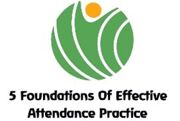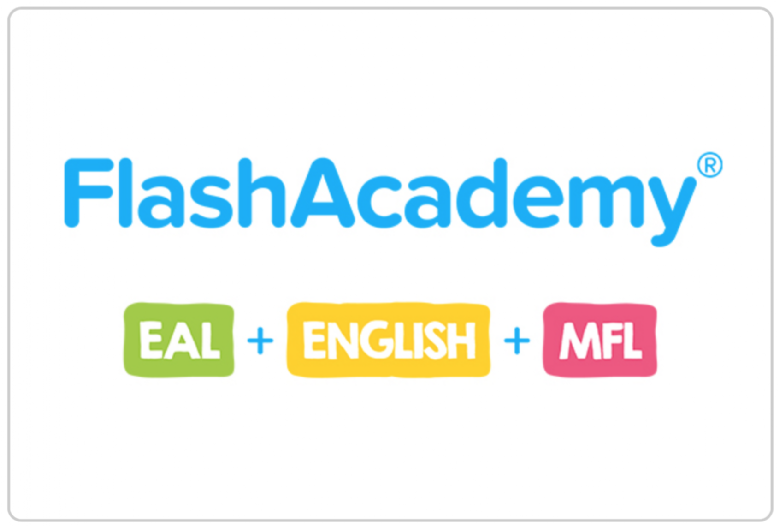Year 1
Autumn 1: HUmans
|
NC Objectives |
Sessions / Key Knowledge and Vocabulary |
Working Scientifically |
|
Identify, name, draw and label the basic parts of the human body and say which part of the body is associated with each sense
|
|
|
Autumn 2
|
NC Objectives |
Sessions / Key Knowledge and Vocabulary |
Working Scientifically |
|
Identify and name a variety of everyday materials, including wood, plastic, glass, metal, water, and rock
Distinguish between an object and the material from which it is made
Describe the simple physical properties of a variety of everyday materials
Compare and group together a variety of everyday materials on the basis of their simple physical properties. |
|
|
Spring 1
|
NC Objectives |
Sessions / Key Knowledge and Vocabulary |
Working Scientifically |
|
Observe changes across the four seasons
Observe and describe weather associated with the seasons and how day length varies
|
|
|
Spring 2
|
NC Objectives |
Sessions / Key Knowledge and Vocabulary |
Working Scientifically |
|
Identify and name a variety of common animals including, fish, amphibians, reptiles, birds and mammals
Identify and name a variety of common animals that are carnivores, herbivores and omnivores
Describe and compare the structure of a variety of common animals (fish, amphibians, reptiles, birds and mammals including pets) |
|
|
Summer 1
|
NC Objectives |
Sessions / Key Knowledge and Vocabulary |
Working Scientifically |
|
Identify and describe the basic structure of a variety of common flowering plants, including trees
Identify and name a variety of common wild and garden plants, including deciduous and evergreen trees
|
|
|
Summer 2
(under review)









